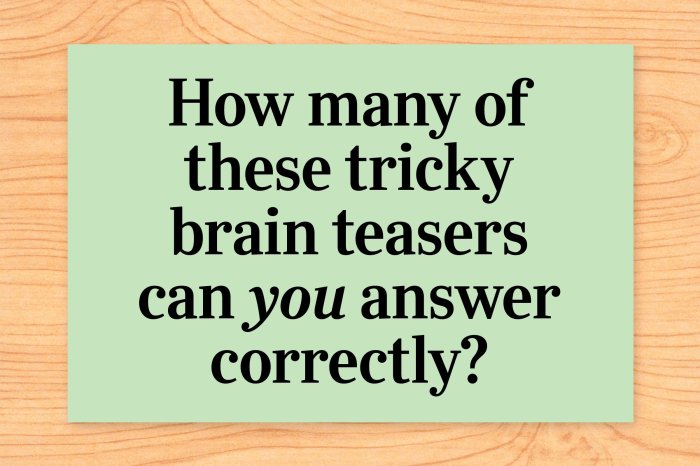The enigmatic mind teaser from the Sphinx has captivated minds for centuries, leaving an enduring legacy in literature, art, and popular culture. Its enigmatic wording and profound symbolism have invited countless interpretations and solutions, making it a timeless source of fascination.
The riddle, steeped in ancient Egyptian mythology, challenges us to decipher its hidden meaning, revealing the nature of existence, wisdom, and the human condition.
Definition and Origin of the Sphinx’s Mind Teaser
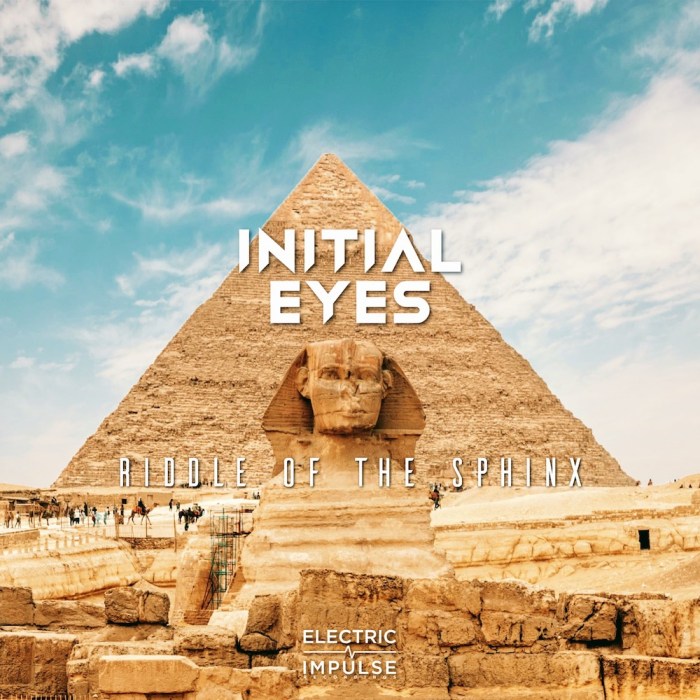
The Sphinx’s mind teaser is an enigmatic riddle that has captivated the human imagination for centuries. It is a testament to the Sphinx’s wisdom and a reflection of the ancient Egyptian culture’s fascination with the unknown.
The riddle, as told in Greek mythology, was posed by the Sphinx to travelers who dared to approach her. It went as follows: “What has four legs in the morning, two legs at noon, and three legs in the evening?”
Origin and Historical Context
The Sphinx’s mind teaser has its roots in ancient Egypt. The Sphinx, a mythical creature with the body of a lion and the head of a human, was believed to be the guardian of the afterlife. The riddle was said to be a test of wisdom and knowledge, and those who failed to answer it were doomed to be devoured by the Sphinx.
The riddle also holds significance in Egyptian mythology. The four legs in the morning represent childhood, the two legs at noon represent adulthood, and the three legs in the evening represent old age. This riddle serves as a reminder of the cyclical nature of life and the inevitability of aging.
Structure and Meaning of the Mind Teaser
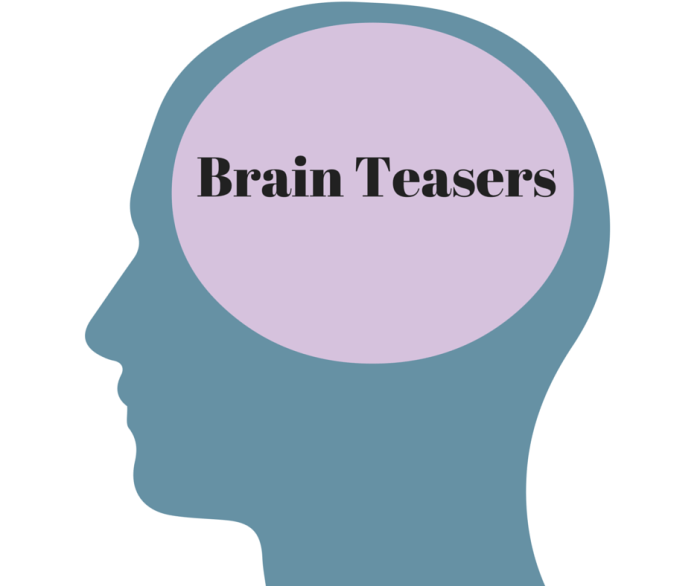
The Sphinx’s mind teaser is a concise yet enigmatic riddle that has captivated minds for centuries. Its structure and wording reveal a carefully crafted puzzle that invites multiple interpretations.
The riddle consists of three distinct parts: a creature with four legs in the morning, two in the afternoon, and three in the evening; a riddle about the creature’s identity; and a warning of dire consequences if the riddle is not solved.
Metaphorical and Symbolic Meanings
The riddle’s language is rich in metaphorical and symbolic meanings. The creature’s changing number of legs represents the different stages of human life:
- Morning (four legs):Infancy, when a child crawls on all fours.
- Afternoon (two legs):Adulthood, when a person walks upright.
- Evening (three legs):Old age, when a person may use a cane or walker for support.
The creature’s identity is a person, representing the universal human experience of aging and mortality.
Various Interpretations and Solutions
Over time, the riddle has garnered numerous interpretations and proposed solutions. Some suggest the creature is a horse or a dog, while others propose it is a crab or a chameleon. However, the most widely accepted solution is that the creature is a human.
The riddle’s warning of dire consequences if it is not solved symbolizes the importance of understanding the human condition and the inevitability of death. Solving the riddle represents the attainment of wisdom and self-awareness.
Methods of Solving the Mind Teaser
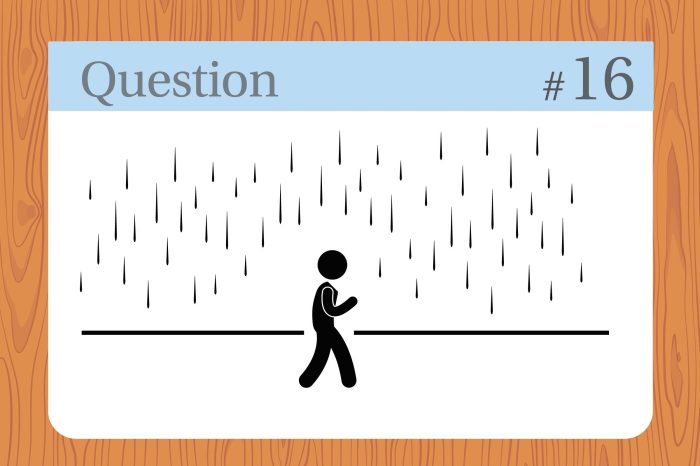
Solving the Sphinx’s mind teaser requires a combination of logical reasoning, deductive thinking, and lateral thinking. Logical reasoning involves analyzing the given information to identify patterns and relationships. Deductive thinking allows you to draw conclusions based on the information provided.
Lateral thinking encourages you to think outside the box and consider alternative perspectives.
Approaches to Solving the Riddle
- Break down the riddle:Divide the riddle into smaller parts to understand its structure and identify key elements.
- Examine the clues:Analyze each clue carefully, paying attention to specific words, phrases, and implications.
- Use deductive reasoning:Apply logical rules to eliminate possibilities and narrow down the options.
- Consider lateral thinking:Explore unconventional approaches and challenge assumptions to find hidden meanings.
- Test solutions:Evaluate potential solutions by substituting them back into the riddle to ensure they satisfy all the conditions.
Examples of Successful Solutions
- The Oedipus solution:Oedipus correctly identified himself as the answer to the riddle by understanding that he was a man who had killed his father and married his mother, fulfilling the prophecy.
- The “What is in my pocket?” riddle:The answer to this riddle is “your tongue,” which is often overlooked because it is not an object typically kept in a pocket.
Cultural Impact and Legacy of the Mind Teaser: Mind Teaser From The Sphinx
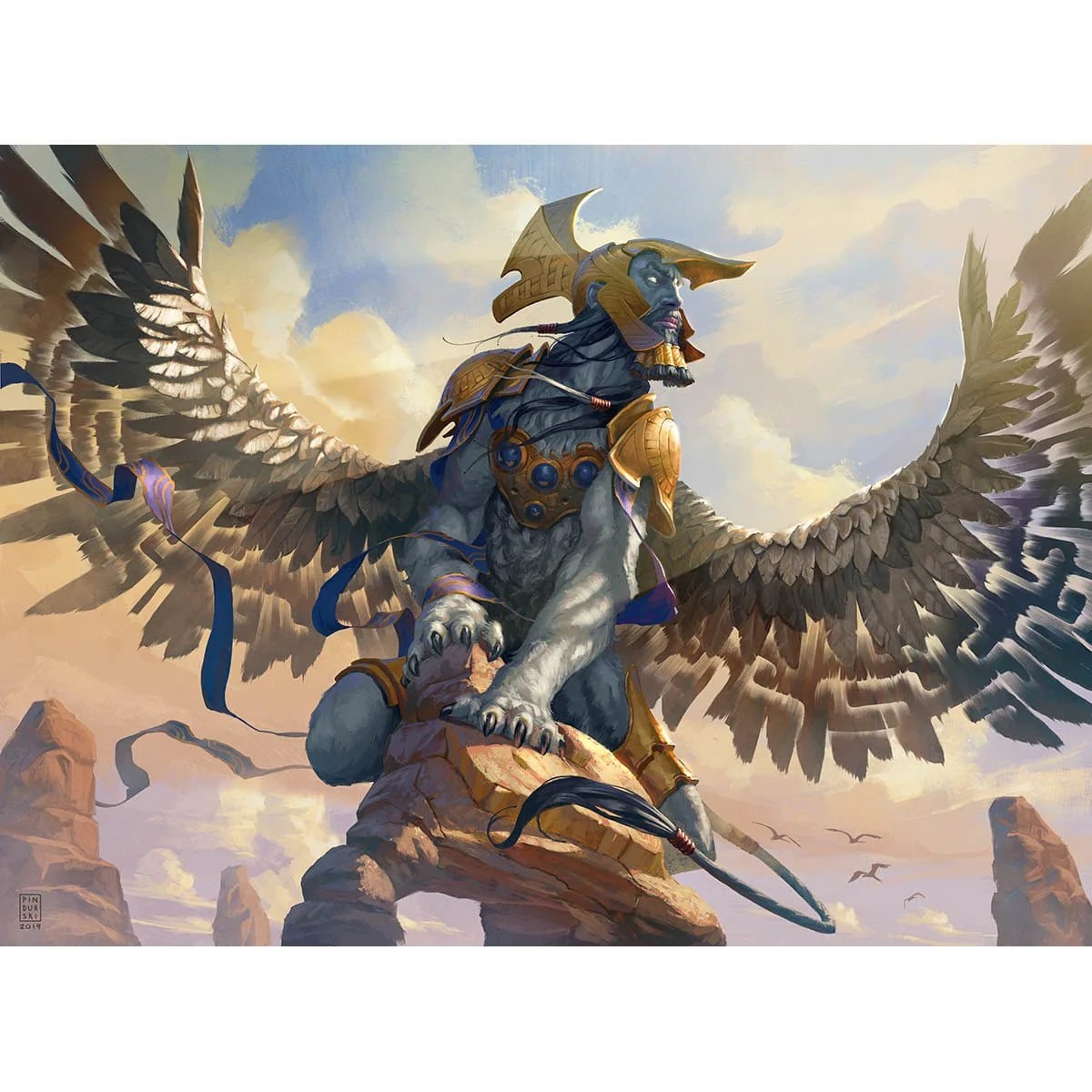
The Sphinx’s mind teaser has left an indelible mark on human culture, inspiring countless works of literature, art, and popular culture. Its enigmatic nature and timeless appeal have captivated imaginations for centuries, leading to a rich legacy of adaptations and reinterpretations.
Influence on Literature
The riddle has been referenced in numerous literary works, from ancient Greek tragedies to modern novels. In Sophocles’ play “Oedipus Rex,” the riddle is central to the plot, driving the protagonist’s quest for self-discovery. In Jorge Luis Borges’ short story “The House of Asterion,” the riddle is used as a metaphor for the protagonist’s labyrinthine existence.
Influence on Art
The Sphinx and its riddle have also been depicted in countless works of art, from ancient Egyptian sculptures to Renaissance paintings. In Leonardo da Vinci’s famous painting “The Mona Lisa,” the subject’s enigmatic smile has been likened to the Sphinx’s enigmatic gaze.
The mind teaser from the sphinx, with its riddles and enigmatic challenges, brings to mind the intricate conflicts that arise in life. Like the conflict in the story “Thank You Ma’am” explored here , the mind teaser from the sphinx tests our intellect and forces us to confront our own complexities.
Just as the boy in “Thank You Ma’am” grapples with his inner struggle, the mind teaser from the sphinx challenges us to unravel the mysteries of our own minds.
Influence on Popular Culture, Mind teaser from the sphinx
In recent times, the riddle has found its way into popular culture, appearing in films, television shows, and video games. In the “Harry Potter” series, the riddle is used as a protective measure for the Sorcerer’s Stone. In the video game “The Witness,” the riddle is used as a puzzle that players must solve to progress.
Enduring Fascination
The enduring fascination with the Sphinx’s mind teaser stems from its combination of mystery, wisdom, and timeless appeal. It challenges our intellect, invites us to ponder the nature of existence, and reminds us of the enduring power of human curiosity.
Modern Applications of the Mind Teaser
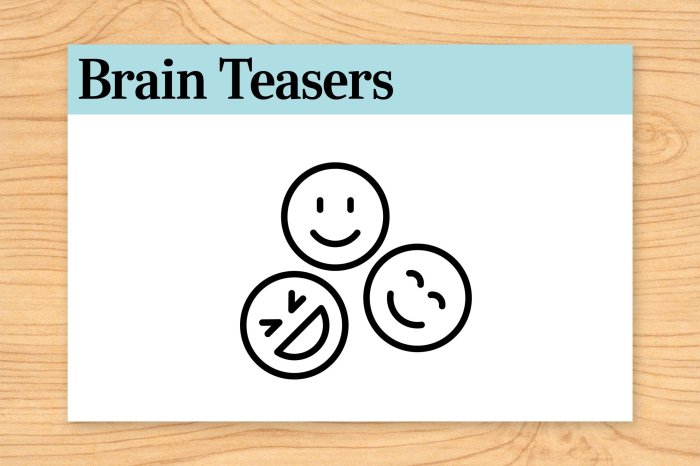
In the modern era, the Sphinx’s mind teaser continues to find relevance in various fields and applications.
Education and Problem-Solving
The riddle is a valuable tool for enhancing critical thinking, logical reasoning, and problem-solving abilities. Educators use it in classrooms to stimulate discussion, encourage lateral thinking, and develop cognitive skills.
Psychology, Philosophy, and Artificial Intelligence
The mind teaser has significant implications in psychology, philosophy, and artificial intelligence. It has been used to explore topics such as the nature of consciousness, the limits of human cognition, and the development of intelligent machines.
Contemporary Challenges
The riddle’s versatility extends to addressing contemporary challenges. For example, it has been used in disaster response planning to optimize resource allocation and improve communication. It also has applications in healthcare, where it aids in diagnosis and treatment decision-making.
FAQ Overview
What is the origin of the mind teaser from the Sphinx?
The riddle is attributed to the Great Sphinx of Giza, an ancient Egyptian monument built around 2500 BC.
What is the wording of the mind teaser?
The riddle, as recorded by Greek historians, reads: “There is a thing that has a voice but no tongue, a bed but no head, goes but has no feet, and can be both living and dead.”
What is the most common interpretation of the mind teaser?
The riddle is often interpreted as a metaphor for the human condition, representing the journey from birth to death and the cycle of life.
